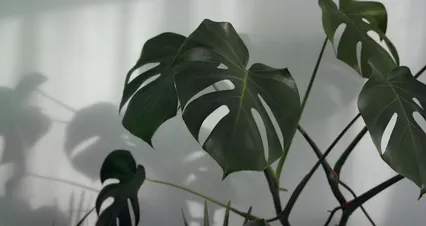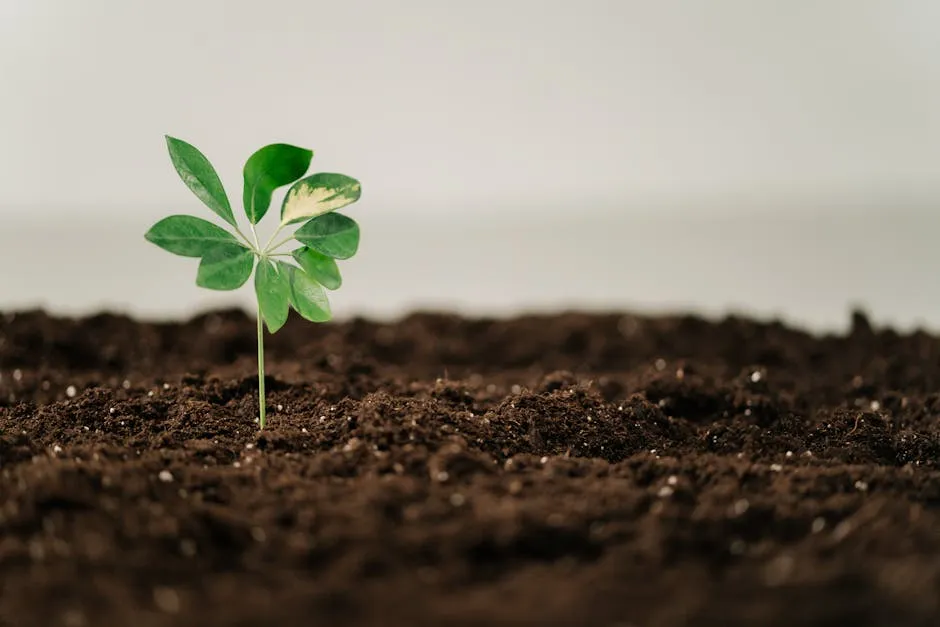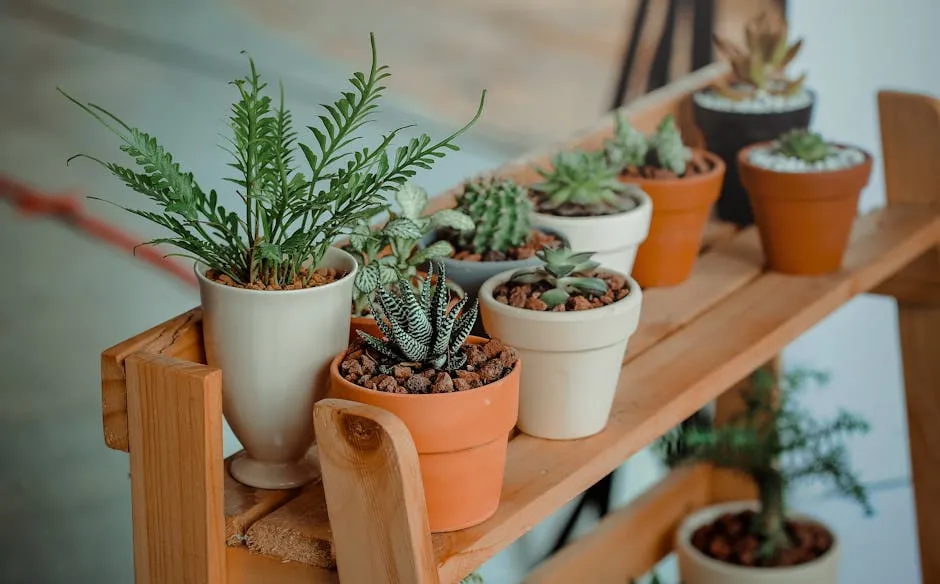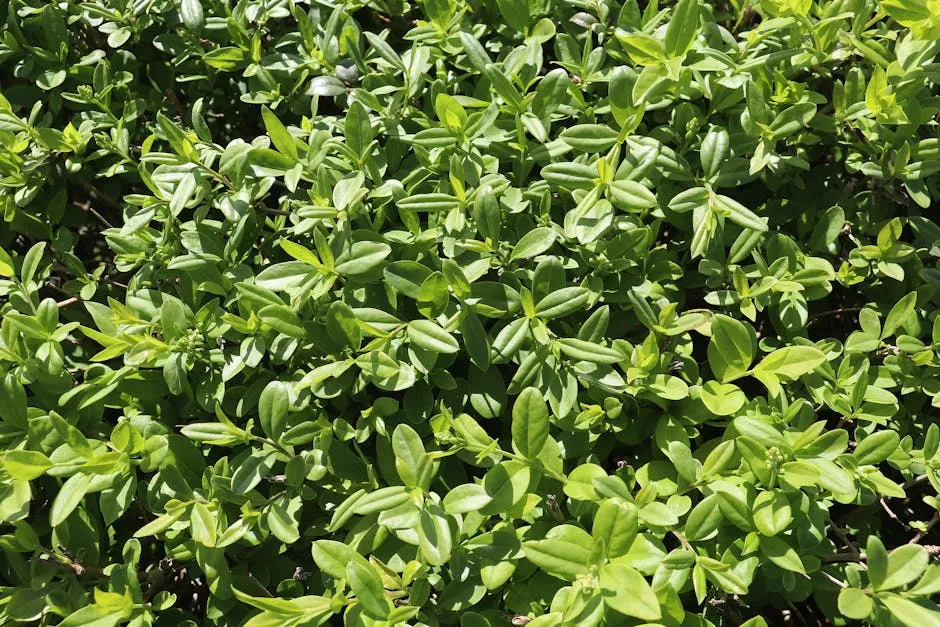

The Ultimate Guide to Dracaena Arborea: Care, Benefits, and More
Introduction
Meet the Dracaena arborea, often called the African Dragon Tree. This striking plant boasts a unique look with long, lance-shaped leaves sprouting from a sturdy trunk. Caring for it is simple, making it a favorite among plant enthusiasts. Adding this plant to your home or garden not only enhances aesthetics but also improves air quality.
If you’re looking to enhance your indoor air quality, consider pairing your Dracaena arborea with a high-quality air purifier. This combo will ensure your home is both stylish and healthy!
Summary and Overview
The Dracaena arborea is native to tropical West Africa, thriving in warm, humid environments. This evergreen shrub can reach impressive heights, growing up to 33 feet outdoors and about 6 feet in containers. It’s recognized for its dark green, strap-like leaves, which feature a prominent central vein. In spring, it produces small, white flowers, adding to its charm.
This plant is popular for both indoor and outdoor use, enhancing landscapes with its tropical flair. Beyond beauty, the African Dragon Tree is known for its air-purifying qualities, effectively filtering toxins like benzene and formaldehyde. In eco-friendly living, it plays a vital role by improving indoor air quality, making it a great choice for your home.
For those new to plant care, grab an Indoor Plant Care Book to help you navigate the ins and outs of keeping your plants happy!

Characteristics of Dracaena Arborea
Physical Appearance
The Dracaena arborea stands out with its tall, upright growth habit. It typically reaches heights of 6 to 15 feet, depending on its environment. The plant features long, lance-shaped leaves that can grow up to 4 feet in length. These leaves have a glossy texture and are a vibrant green, creating an attractive focal point.
As the plant matures, the lower leaves may yellow and drop, revealing the smooth, woody trunk. This trunk can grow up to 12 inches in diameter, providing a sturdy support for the lush foliage above. Overall, its unique shape and size make it an eye-catching addition to any space.
Native Habitat and Distribution
Dracaena arborea originates from tropical West Africa, where it flourishes in the understory of forests. It thrives in warm, humid climates, typically found in regions with well-drained soil and plenty of indirect sunlight. This plant prefers temperatures between 65°F and 78°F and does not tolerate frost. In its native habitat, it plays a crucial role in the ecosystem, supporting local wildlife and contributing to biodiversity.

Care Requirements
Light and Temperature
Dracaena arborea thrives in full sun to partial shade. Ideally, it enjoys bright, indirect light. However, it can adapt to lower light levels, though growth may slow. Keep in mind, this plant prefers warmth. The optimal temperature range is between 65°F and 78°F. It is important to note that this plant does not tolerate frost. If temperatures drop below 50°F, bring it indoors to protect it from cold damage.
Watering and Humidity
Water your Dracaena arborea moderately. The key is to allow the soil to dry out between waterings. Typically, you should water once a week in warmer months and less often during winter. Always check the soil moisture to avoid overwatering, which can lead to root rot. As for humidity, this plant enjoys a humid environment. You can increase humidity by placing a tray of water nearby or using a plant humidifier. Misting the leaves occasionally also helps maintain moisture levels.

Soil and Fertilization
For optimal growth, use well-draining soil. A mix containing peat, sand, and perlite works best. This combination ensures proper drainage while retaining some moisture. Fertilize your Dracaena arborea every 4-6 weeks during the growing season. A balanced, water-soluble fertilizer is ideal. Remember to water after fertilizing to prevent root burn. In winter, reduce fertilization to once every couple of months as the plant enters dormancy.

Propagation Techniques
Methods of Propagation
Propagation of Dracaena arborea can be done through stem cuttings. Take cuttings about 8 to 12 inches long from a healthy plant. Remove the lower leaves to expose the node. You can root these cuttings in either soil or water. If using soil, ensure it is moist and well-draining. If using water, place the cut end in a glass and change the water weekly to keep it fresh.
To encourage successful rooting, keep the cuttings in a warm, bright area but away from direct sunlight. After a few weeks, you should see roots developing. Once rooted, transplant into soil for continued growth.

Timing and Conditions
The best time to propagate Dracaena arborea is during spring or early summer. These seasons provide ideal temperature and light levels for growth. Ensure that your environment has consistent warmth, ideally around 70°F. This will promote strong root development and healthy new growth.
Common Pests and Diseases
Identifying Issues
Dracaena arborea can face several pests. Spider mites are common, especially in dry conditions. These tiny pests create webbing on leaves and cause discoloration. Another frequent visitor is the mealybug, which appears as cotton-like clusters on stems and leaves. Aphids may also attack, leading to distorted growth.
Signs of disease or stress include yellowing leaves, stunted growth, and drooping foliage. If you notice these issues, it’s a signal that your plant needs attention.

Prevention and Treatment
Preventing pest infestations starts with proper care. Maintain humidity levels to deter spider mites, as they thrive in dry air. Regularly inspect your plant for pests, especially on the undersides of leaves. If you spot an infestation, act quickly.
For treatment, use insecticidal soap or neem oil to eliminate pests. Apply the solution according to package instructions, focusing on affected areas. For mealybugs, a cotton swab dipped in alcohol can help remove them directly. Regular pruning also promotes air circulation, reducing disease risk.
Benefits of Having Dracaena Arborea
Air Purification
One of the standout features of Dracaena arborea is its air-purifying ability. This plant filters out indoor toxins, making your space healthier. It effectively reduces pollutants like benzene, formaldehyde, and trichloroethylene.
Integrating this plant into your home not only enhances aesthetics but also contributes to cleaner air. With its impressive filtering capabilities, Dracaena arborea is a fantastic choice for anyone looking to improve indoor air quality.

For an extra boost in air quality, consider adding some Air Purifying Plants Book to discover more plants that can help you breathe easier!
Aesthetic Appeal
The Dracaena arborea adds a striking touch to any space. Its tall and slender trunk, topped with long, green leaves, creates an eye-catching silhouette. This plant shines in both indoor and outdoor settings. In living rooms, it draws attention and creates a tropical vibe. Placed on patios, it enhances the overall landscape, providing an exotic feel.
In landscaping, Dracaena arborea serves as a stunning focal point. Use it to create height in garden beds or as a border plant. Its unique structure complements various design styles, from modern to traditional. As an ornamental plant, it pairs beautifully with other foliage, adding depth and interest to your green spaces.

Related Plants
Other Dracaena Varieties
Dracaena arborea is just one of many fascinating Dracaena species. Dracaena marginata, known for its spiky leaves, is a favorite among houseplant lovers. It requires similar care but has a more bushy appearance. Dracaena reflexa, or song of India, features variegated leaves and can thrive in lower light. Each variety brings its unique charm and care requirements, making them great companions for your plant collection.

Companion Plants
When planning your garden, consider pairing Dracaena arborea with other plants. Ferns, for instance, thrive in similar conditions and add lush greenery. Succulents can create a delightful contrast, offering varied textures and colors. Additionally, peace lilies not only complement the aesthetic but also enhance air quality. These combinations create a vibrant, inviting atmosphere in any garden setting. For more on suitable pairings, check out the article on tomato companion plants.

Pairing Dracaena arborea with suitable companion plants can enhance your garden’s health and aesthetics. Learn more about companion plants here.

Conclusion
In summary, Dracaena arborea is more than just a pretty plant. Its low-maintenance care requirements make it perfect for plant lovers of all levels. Plus, its air-purifying qualities enhance your living space. Consider adding this beautiful plant to your collection. With its striking appearance and health benefits, the African Dragon Tree is a worthwhile investment for any home or garden.
FAQs
Is Dracaena arborea toxic to pets?
Dracaena arborea can be toxic to pets, particularly cats and dogs. Ingesting the leaves may cause vomiting and lack of appetite. If you have pets, keep this plant out of reach. Always monitor your furry friends around houseplants.
How often should I water my Dracaena arborea?
Water your Dracaena arborea once a week in warmer months. In winter, reduce this to every two weeks. Always check the soil moisture first. If the top inch is dry, it’s time to water. Avoid overwatering to prevent root rot.
Can Dracaena arborea be grown outdoors?
Yes, you can grow Dracaena arborea outdoors in hardiness zones 10-11. It prefers partial shade and well-draining soil. Ensure it gets enough indirect sunlight. Protect it from frost and harsh temperatures to thrive year-round.
What are the signs that my Dracaena arborea is unhealthy?
Common signs of an unhealthy Dracaena arborea include yellowing leaves, drooping foliage, and stunted growth. These symptoms often indicate overwatering, insufficient light, or pest infestations. Pay close attention to these signs for timely intervention.
How long does it take for Dracaena arborea to grow?
Dracaena arborea grows slowly, typically reaching about 6 feet in containers. In optimal conditions, it can take several years to mature. Patience is key, as this plant can eventually reach heights of up to 15 feet outdoors.
Can I propagate Dracaena arborea in water?
Yes, you can propagate Dracaena arborea in water. Take 8 to 12-inch stem cuttings and place them in water. Change the water weekly. After a few weeks, roots will develop, and you can transfer them to soil for continued growth.
What are the best fertilizers for Dracaena arborea?
Use a balanced, water-soluble fertilizer for Dracaena arborea. Fertilize every 4-6 weeks during the growing season. Reduce feeding in winter when the plant is dormant. Always water after fertilizing to prevent root burn and ensure nutrient absorption.
If you’re serious about keeping your plants thriving, consider investing in a soil moisture meter. It’ll take the guesswork out of watering and keep your Dracaena happy!
Please let us know what you think about our content by leaving a comment down below!
Thank you for reading till here 🙂
All images from Pexels



